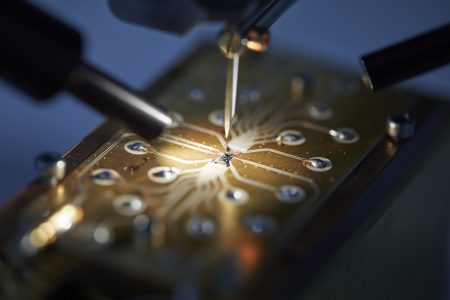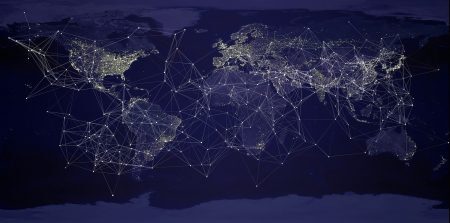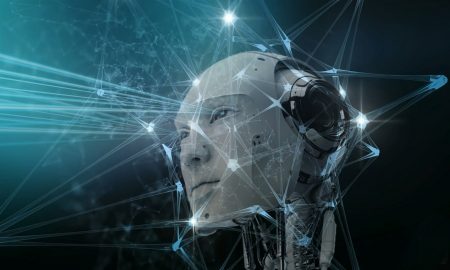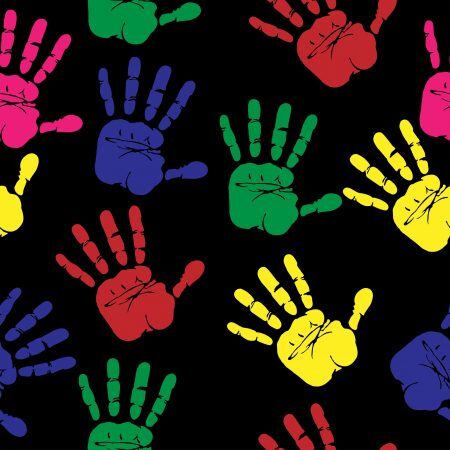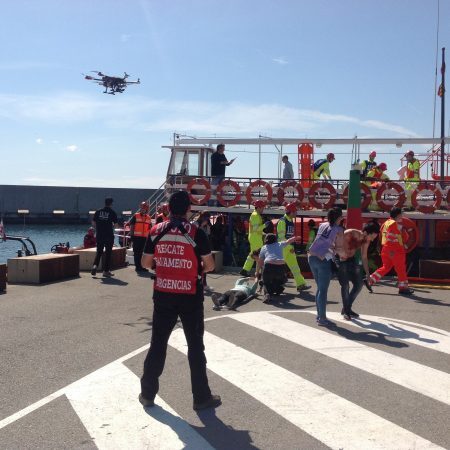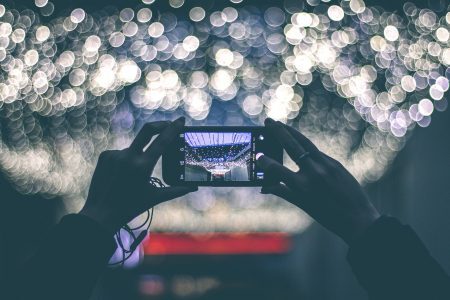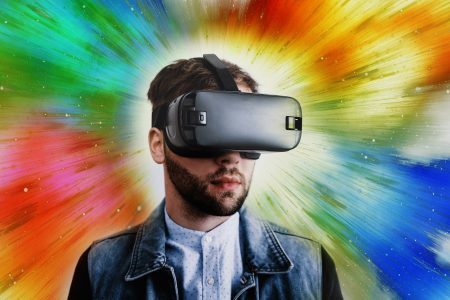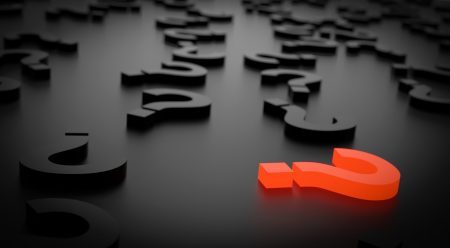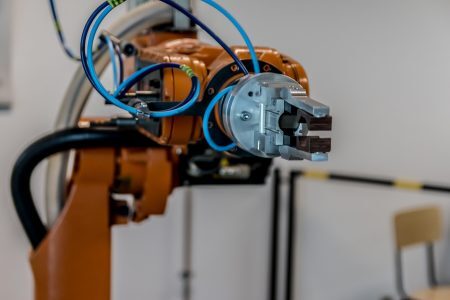Vaccine and drug development, artificial intelligence, transport and logistics, climate science — these are all areas that stand to be…
Browsing: The Conversation
This year the Internet Archive turns 25. It’s best known for its pioneering role in archiving the internet through the Wayback Machine, which…
Imagine what a lawyer does on a given day: researching cases, drafting briefs, advising clients. While technology has been nibbling around…
The online retail giant Amazon has moved from our screens to our streets, with the introduction of Amazon grocery and…
Every year, disasters kill an average of 60,000 people, affect 200 million and cause US$150 billion in damage. To combat these…
Last year, according to a United Nations report published in March, Libyan government forces hunted down rebel forces using “lethal autonomous weapons…
The proliferation of child sexual abuse material on the internet is harrowing and sobering. Technology companies send tens of millions of reports per…
Facebook chief executive Mark Zuckerberg recently announced the tech giant will shift from being a social media company to becoming “a metaverse…
Dark patterns are design elements that deliberately obscure, mislead, coerce and/or deceive website visitors into making unintended and possibly harmful…
What does it mean to be an inventor? In patent law, designed to protect the intellectual property of inventors, officials…

